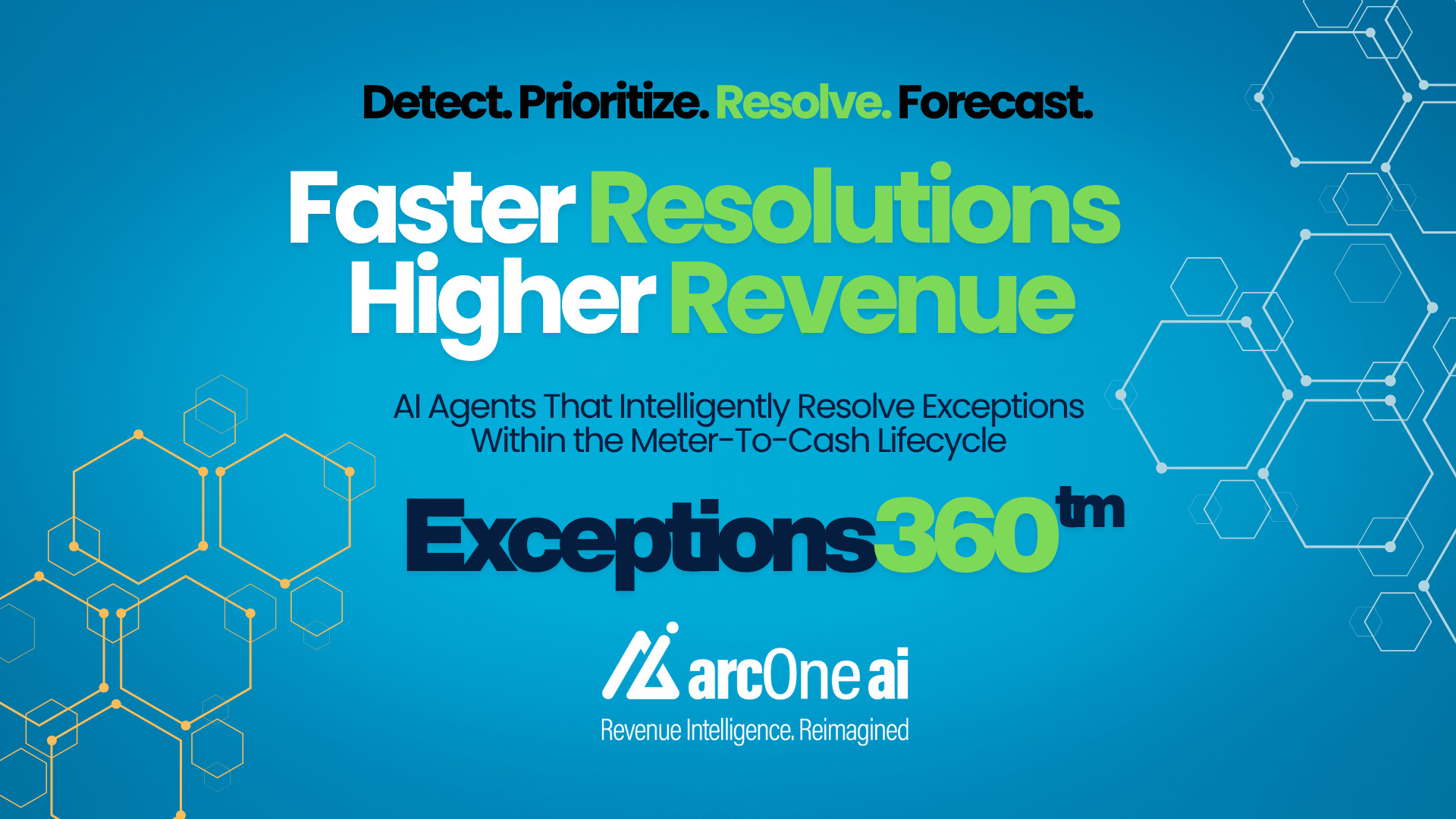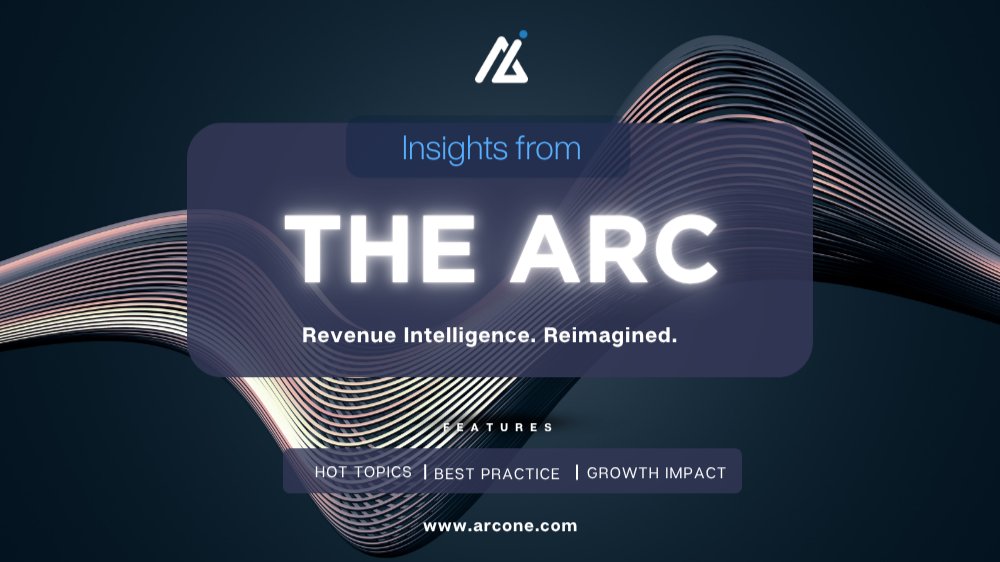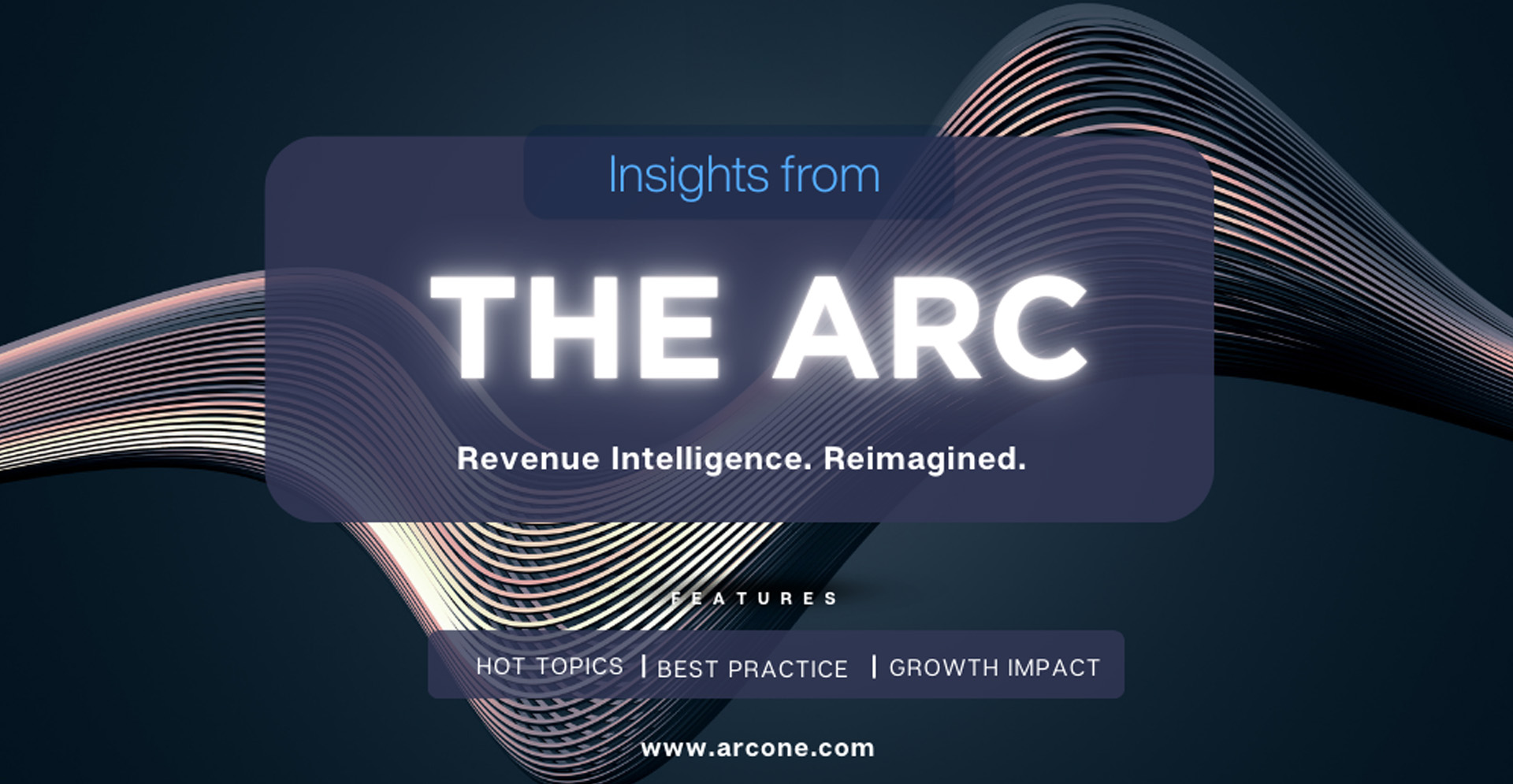Powering Through: Decision Intelligence, Revenue Assurance and Business Resilience for Utilities
Explore the key trends and statistics underscoring this imperative and outlines why utilities must proactively build a more adaptable and secure future, highlighting the growing role of intelligent and interconnected systems.

Why managing AI risk presents new challenges
Aliquet morbi justo auctor cursus auctor aliquam. Neque elit blandit et quis tortor vel ut lectus morbi. Amet mus nunc rhoncus sit sagittis pellentesque eleifend lobortis commodo vestibulum hendrerit proin varius lorem ultrices quam velit sed consequat duis. Lectus condimentum maecenas adipiscing massa neque erat porttitor in adipiscing aliquam auctor aliquam eu phasellus egestas lectus hendrerit sit malesuada tincidunt quisque volutpat aliquet vitae lorem odio feugiat lectus sem purus.
- Lorem ipsum dolor sit amet consectetur lobortis pellentesque sit ullamcorpe.
- Mauris aliquet faucibus iaculis vitae ullamco consectetur praesent luctus.
- Posuere enim mi pharetra neque proin condimentum maecenas adipiscing.
- Posuere enim mi pharetra neque proin nibh dolor amet vitae feugiat.
The difficult of using AI to improve risk management
Viverra mi ut nulla eu mattis in purus. Habitant donec mauris id consectetur. Tempus consequat ornare dui tortor feugiat cursus. Pellentesque massa molestie phasellus enim lobortis pellentesque sit ullamcorper purus. Elementum ante nunc quam pulvinar. Volutpat nibh dolor amet vitae feugiat varius augue justo elit. Vitae amet curabitur in sagittis arcu montes tortor. In enim pulvinar pharetra sagittis fermentum. Ultricies non eu faucibus praesent tristique dolor tellus bibendum. Cursus bibendum nunc enim.

How to bring AI into managing risk
Mattis quisque amet pharetra nisl congue nulla orci. Nibh commodo maecenas adipiscing adipiscing. Blandit ut odio urna arcu quam eleifend donec neque. Augue nisl arcu malesuada interdum risus lectus sed. Pulvinar aliquam morbi arcu commodo. Accumsan elementum elit vitae pellentesque sit. Nibh elementum morbi feugiat amet aliquet. Ultrices duis lobortis mauris nibh pellentesque mattis est maecenas. Tellus pellentesque vivamus massa purus arcu sagittis. Viverra consectetur praesent luctus faucibus phasellus integer fermentum mattis donec.
Pros and cons of using AI to manage risks
Commodo velit viverra neque aliquet tincidunt feugiat. Amet proin cras pharetra mauris leo. In vitae mattis sit fermentum. Maecenas nullam egestas lorem tincidunt eleifend est felis tincidunt. Etiam dictum consectetur blandit tortor vitae. Eget integer tortor in mattis velit ante purus ante.
- Vestibulum faucibus semper vitae imperdiet at eget sed diam ullamcorper vulputate.
- Quam mi proin libero morbi viverra ultrices odio sem felis mattis etiam faucibus morbi.
- Tincidunt ac eu aliquet turpis amet morbi at hendrerit donec pharetra tellus vel nec.
- Sollicitudin egestas sit bibendum malesuada pulvinar sit aliquet turpis lacus ultricies.
“Lacus donec arcu amet diam vestibulum nunc nulla malesuada velit curabitur mauris tempus nunc curabitur dignig pharetra metus consequat.”
Benefits and opportunities for risk managers applying AI
Commodo velit viverra neque aliquet tincidunt feugiat. Amet proin cras pharetra mauris leo. In vitae mattis sit fermentum. Maecenas nullam egestas lorem tincidunt eleifend est felis tincidunt. Etiam dictum consectetur blandit tortor vitae. Eget integer tortor in mattis velit ante purus ante.
The utilities sector finds itself at an increasingly critical juncture. Facing a confluence of escalating threats – from the undeniable impacts of climate change and the persistent danger of cyberattacks to the challenges of aging infrastructure and evolving regulatory landscapes – the need for robust business resilience and strategic future proofing has never been more urgent. This article explores the key trends and statistics underscoring this imperative and outlines why utilities must proactively build a more adaptable and secure future, highlighting the growing role of intelligent and interconnected systems.
The Rising Tide of Disruption
Recent years have highlighted the vulnerabilities inherent in utility infrastructure. Extreme weather events, amplified by climate change, are no longer rare occurrences but a recurring reality. These events, including hurricanes, wildfires, extreme heat, and severe winter storms, are major contributors to power outages.
According to data and reports, including those from the U.S. Department of Energy, severe weather has been the primary driver of the largest power outages in the United States between 2013 and 2023. Specifically, hurricanes and winter storms have disproportionately impacted the grid, leading to widespread disruptions affecting millions of customers.
This trend highlights the increasing vulnerability of energy infrastructure to extreme weather events, which are becoming more frequent and intense in some regions. The sheer force of hurricanes, with high winds, heavy rain, and flooding, can cause extensive damage to transmission and distribution lines, substations, and power plants. Similarly, severe winter storms, bringing heavy snow, ice accumulation, and freezing temperatures, can lead to downed lines, damaged equipment, and increased demand that stresses the system.
Statistics reveal a significant impact: millions of households reported being without power annually, with a substantial portion of these outages lasting for extended periods. The economic impact is staggering, with estimates running into the billions of dollars annually due to lost productivity, damaged goods, and the cost of recovery.

Beyond natural disasters, the utilities sector is a prime target for cyber threats. Reports indicate a significant surge in cyberattacks targeting utilities, with ransomware attacks seeing a notable increase. The interconnectedness of modern grids, while enabling greater efficiency, also expands the potential attack surface, making legacy systems and operational technology particularly vulnerable. The potential consequences of a successful cyberattack on critical infrastructure – from widespread service disruption to safety hazards – are a grave concern. No longer are cyber-attacks a matter of if but when, making it necessary for Utilities to not just prepare for prevention, but also recovery and continuity.
Compounding these external threats is the challenge of aging infrastructure. Much of the existing utility grid was designed and built decades ago, not anticipating the demands and threats of today. This aging physical infrastructure is more susceptible to failure, requires increased maintenance, and can be less efficient in accommodating new energy sources and technologies.
At the nexus of Business Resilience and
Decision Intelligence
To achieve resiliency, organizations have adopted a three-layer insurance policy approach.
- The first level is tied to prevention. Defenses like firewalls, endpoint protection, and access controls are aimed to stop an attack before they happen. However, with advancing cyber-attack techniques, there is no complete foolproof prevention mechanism.
- The second level of insurance is tied to backups. Once an attack has occurred, data backups and disaster recovery plans help restore systems. This tends to be an expensive process, can be time consuming, and backups can also become compromised.
- Finally, the third layer is to provide a resilient system that operates in shadow mode, ensuring all critical financial transactions can continue, including billing, payments and revenue streams to remain operational. This business resilient layer provides the ultimate failsafe for utility companies.
Enabling decision intelligence enables utilities sector to go beyond simply restoring service after an incident. It encompasses the ability to anticipate, prepare for, adapt to, and recover from disruptions, minimizing their impact on operations, customers, and the economy. This capability effectively reduces the financial risks linked with extended disruptions while maintaining customer confidence.
By injecting intelligence within Meter to Cash processes, companies can proactively identify and manage billing and meter exceptions, improve customer service, and increase collections. This intelligent aid for the human in the loop streamlines operations and enhances decision-making.
Three Areas for Business Resilience
- Investment in Grid Hardening and Modernization: Utilities are increasingly investing in physical infrastructure upgrades to withstand extreme weather, such as burying power lines and using more resilient materials. Grid modernization efforts involve deploying smart technologies, IoT sensors, drones, and automation to improve monitoring, control, and the ability to reroute power during disturbances. While these technologies have become the eyes to the grid, embedded AI is the brain, analyzing data from these smart grids to predict potential points of failure and optimize responses to disruptions.
- Shifting to Proactive Risk Management: Moving away from reactive responses, utilities are adopting proactive enterprise risk management strategies to identify, assess, and mitigate potential threats before they materialize. This includes better forecasting of potential disruptions and developing detailed contingency plans. AI-driven workflows enable utilities to better model the impact of potential disruptions and adjust strategies accordingly. AI's ability to learn continuously also helps in refining risk models and improving predictive capabilities through simulations and what-if modeling.
- Enhanced Cybersecurity Posture: Recognizing the growing cyber threat, utilities are bolstering their cybersecurity defenses. This involves implementing more sophisticated security measures, improving threat intelligence, conducting regular risk assessments, and enhancing training for personnel to address the human factor in cyberattacks. AI can play a crucial role in detecting anomalous activity, identifying potential cyber threats in real-time, and automating responses to mitigate attacks.
Additionally, AI assistants are guiding the training & enablement of employees across different facets of their business, understanding where there may be gaps in the knowledge of the individual and personalizing the experience to maximize chances of retaining the content.
Future proofing: Five Focus Areas
While resilience focuses on bouncing back from current and anticipated threats, future proofing is about building a system that can adapt to unforeseen challenges and leverage future opportunities.
- Integrating Diversified Energy Sources: The transition to a decarbonized future necessitates the integration of a wider range of energy sources, including renewables like solar and wind, as well as potentially hydrogen and other emerging technologies.
- Embracing Digital Transformation and Data Analytics: Advanced analytics, artificial intelligence, and digital twins are becoming crucial tools for optimizing grid performance, predicting potential failures for preventative maintenance efforts, managing distributed energy resources, and improving customer service.
- Intelligent Rates Design and Management: It is important to have an intelligent rates design and management that can provide capabilities to define, design, model, and execute complex rating plans based on real-time market needs and demand to optimize revenue and profitability.
- Streamlining Operations and Enhancing Customer Experience: Proactively identifying and automating the resolution of meter and billing exceptions, improving revenue collections and reducing operational costs.
- Fostering Innovation and Adaptability: The regulatory landscape and technological capabilities are constantly evolving. Utilities must foster a culture of innovation and be prepared to adapt their business models and infrastructure to new regulations, emerging technologies, and changing customer expectations. Solutions should be designed to be agile, secure, and actionable, with the ability to collaborate with other agents and learn continuously to improve performance.
The Impact of Agentic AI on Outcomes
Implementing AI in the utilities sector is yielding tangible benefits across several key areas
Better Decision Making: AI enhances and accelerates decision-making by enabling sharp predictive insights and helping utilities to fine-tune their operational strategies. AI allows for the interpretation of vast, complex, multi-dimensional datasets into actionable knowledge. 86% of utility providers surveyed believed AI to be crucial to their energy transition and tackling operational issues in general.
Personalized communication: Based on AI insights can improve customer satisfaction scores by up to 20%. Using Generative AI to respond to customer emails has registered a remarkable customer satisfaction (CSAT) rate of 80% for one company.
Enhanced Customer Service: Utilities are reducing response times to customer requests with AI, with one report indicating a reduction of up to 48%. AI-based chatbots and virtual assistants can handle up to 80% of customer inquiries, improving efficiency and reducing wait times. Exception detection intelligence has the ability to leverage existing infrastructure and asset data to power new, actionable AI insights to reduce revenue leakage in meter-to-cash transactions.
Improved Reliability: AI helps utilities respond to outages more effectively, ensuring minimal disruption and faster recovery times. Using real-time data, AI predicts potential failures and optimizes the response. AI delivers "double digit" reliability gains, with one utility seeing a 30% reduction in customers interrupted and a 55% reduction in outage minutes.

The Role of Regulation
Regulatory bodies play a significant role in driving resilience and future-proofing efforts. Regulations related to carbon emissions, renewable energy mandates, and grid reliability standards are pushing utilities to invest in cleaner and more resilient infrastructure. However, navigating evolving regulations and ensuring timely cost recovery for necessary investments remain ongoing challenges for the sector. Collaborative efforts between utilities, regulators, and policymakers are essential to create a supportive environment for building the grid of the future.
Conclusion: A Resilient and Future-Ready Sector is Non-Negotiable, and AI is the Key
The utilities sector is operating in an era of unprecedented change and challenge. The statistics on power outages and the increasing sophistication of cyber threats serve as stark reminders of the vulnerabilities that exist. Building business resilience and strategically future-proofing infrastructure are no longer optional considerations but fundamental necessities. AI is not just a supplementary tool but a core component of this transformation. By planning for grid modernization, proactive risk management, enhanced cybersecurity, intelligent revenue management, streamlined operations, improved customer experience, and continuous adaptability, utilities can navigate the storms ahead, ensure the reliable delivery of essential services, and build a more sustainable and secure energy future for all.
Latest insights
Browse articles
ArcOne Announces AI powered Exceptions360™ with enhanced end to end capabilities within the Meter to Cash Lifecycle.



